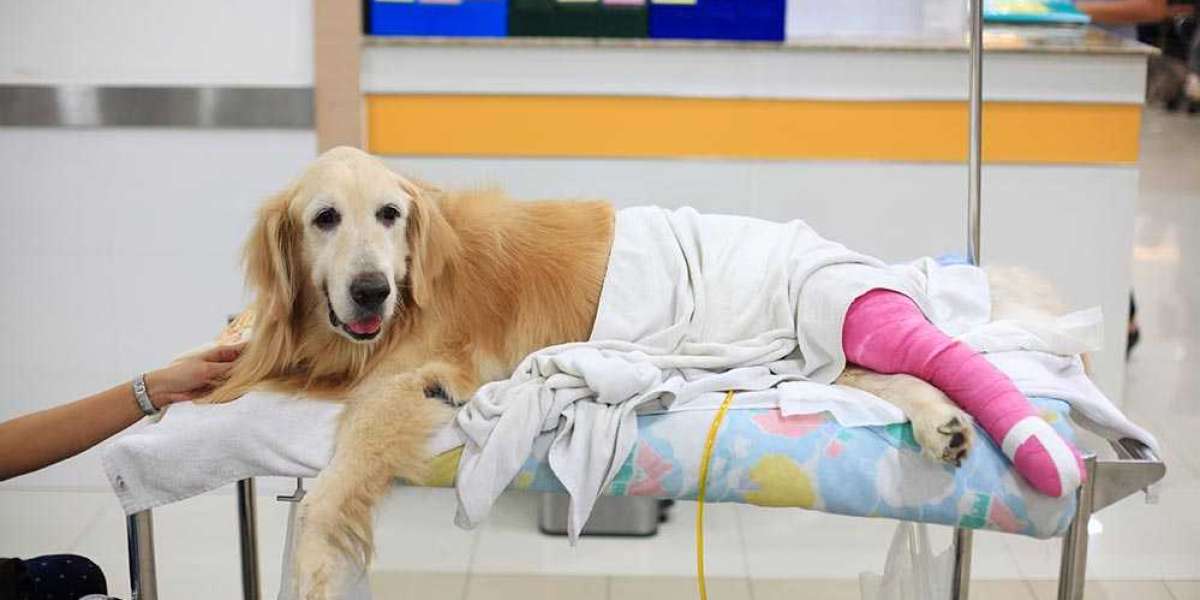Exploring Dog Skeleton Anatomy
What I wish I had known before I got a dog instead of after is the dog skeleton anatomy. Yes, it is that important. While many dog owners think regular grooming, adequate exercise, and a balanced diet are enough to keep their furry friend healthy, nothing can be far from the truth. You will make mistakes unless you understand how a dog’s body functions. Learning from my experience, I have provided a detailed yet simplified version of dog skeleton anatomy to help you know a canine’s bone structure.
Why do I need that? You might wonder. For starters, this knowledge will help you identify any symptoms of bone problems with your dog at early stages. The benefit? Timely treatment can save your cuddle partner from distress and mystery. Secondly, understanding the canine bone structure will help you better understand the differences between dog breeds, enabling you to know more about the species that has been human best friend for centuries.
Overview Of A Dog Skeleton
Do dogs have 206 bones? No, they do not. The canine skeletal system differs from that of humans because of variations in the number and structure of bones. Dogs have 319 to 321 bones in their bodies. According to the Faculty of Veterinary Medicine at the University of Calgary, the canine skeleton is divided into two regions: the axial and the appendicular skeleton. Kyle Hall’s picture explains the differences and similarities between human and canine skeletons.

While humans share several similar bones with their furry friends, their shape varies to accommodate the particular function of the body. Through strenuous exercise, dog owners can often cause injuries, making dogs unable to move or function properly.
Surprisingly, there are differences in a dog skeleton based on its breed. Larger canine breeds, including German Shepherds, Portuguese dog breeds, and Belgian dogs, have stronger bones to support more mass. This means dog breeds need more calcium, phosphorous, and vitamin D to keep their bones healthy. Smaller dog breeds such as Chihuahua and Shih Tzu have more compact skeletal systems with lighter bones. Such breeds are only fit for less strenuous exercise routines that would not stress their bones unnecessarily.
What Is The Function Of The Skeletal System In A Dog?
If you need clarification about skeleton anatomy, check out a 3D skeleton dog and visually analyze different canine bone types. This section will examine the skeletal system’s functions in dogs, but first, let’s see how bones and muscles work together.
As in the case of all animals, including dogs, a distinct type of muscles called the striated or skeletal muscles are attached to the bones. Your dog’s brain can consciously control these muscles and are responsible for all body movements. Interestingly, the more your dog uses a muscle, the stronger it gets, yet overstraining the bone can lead to skeletal system issues.
Different parts of a canine skeleton perform various functions, even though the primary function of a dog’s skeleton is to protect the vital organs of a canine.

The Skull and Head Structure
You might have noticed different head structures in dogs depending on their breed. While the skull’s primary function is to protect the brain and the central nervous system, the variations in bone structures can be of the following three types;
- Dolichocephalic (Long Skull): Dogs with elongated faces and extensive nasal passages, such as Greyhounds, Afghan Hounds, and Borzois, have an enhanced sense of smell. This skull shape is suitable for hunting, tracking, and endurance activities.
- Mesocephalic (Moderate Skull): Labrador Retrievers, Beagles, and German Shepherds feature a moderate skull, which gives them their distinctive facial structure. These dogs have a good sense of smell and are known for their bite strength and visual acuity.
- Brachycephalic (Short Skull): This head shape is found in Bulldogs, Pugs, and French Bulldogs, giving them their characteristic flat or pushed-in face structure. The limited nasal passage is the leading cause of many respiratory diseases in these dog breeds. If you have a dog featuring this skull structure, consult an expert before finalizing an exercise plan for your pet.
Spine and Vertebrae
The spine supports the entire body of the canine and is the main structure responsible for keeping a dog’s front and back limps together. Modified spine structures, such as those found in Dachshunds, can cause problems for your pets and their owners. Moreover, some children find it fun to get on the back of the dog and ride it like a horse. This can be harmful for both your kid and the dog.

Ribcage, Limbs, and Joints Structure
The ribcage protects all the dog’s essential organs and is supported by the spine on the back. The libs are attached to the main vertebral structure through joints, the main movement points. Problems with joint structures are common in many dogs at the later stage of their lives and can make movement highly painful. After expert consultation, adding supplements to your dog’s diet can effectively prevent joint stiffness and bone degeneration in dogs.
Common Canine Skeleton Problems
Dogs can suffer from skeleton problems because of genetic and environmental factors. You might have an overview of a dog’s skeleton with all the information above. Let’s now focus on the common skeleton problems and their symptoms.
Hip Dysplasia
According to AKC, Hip Dysplasia is more common in large dog breeds such as German Shepherds, Labrador Retrievers, and Golden Retrievers. Still, small canines are not immune to the problem either. The condition develops from an abnormal development of the canine hip joint caused by genetic mutation.
Symptoms
- Difficulty in movements
- Bunny hopping or swaying
- Reduced activity
- Reluctance to climb stairs or exercise
Treatment
- Weight management for reducing joint stress
- Anti-inflammatory medications
- Physical Therapy
- Joint supplements
Arthritis and Joint Problems
Just as in humans, arthritis is an age-related disease in canines. This degenerative condition occurs when the cartilage between the bonds wears off, resulting in painful friction between the bones. All dog breeds are equally susceptible to this skeleton issue.

Symptoms
- Stiffness
- Reduced mobility
- Discomfort
Treatment
- Pain relief medications
- Joint Supplements
- Physical therapy
- Weight management
Bone Fractures and Injuries
Dogs are curious animals with playful personalities. While this makes them adorable, it can also lead to bone fractures and injuries due to accidents, falls, or trauma. Immediate treatment and prompt actions can help your puppy avoid unnecessary pain and discomfort.
Symptoms
- Limping
- Swelling around injury
- Deformity
- Reluctance to use injured limb
Treatment
- Splinting
- Casting
- Surgery
- Restricting movements
Home Depot Skeleton Dog
Not everything related to the canine skeleton must be serious and concerning, especially during Halloween week. With Home Depot’s 7 ft. Skelly’s Dog, you can take your Halloween fun to the next level. Even if you prefer smaller dogs, you can get a 3ft full-body posable dog skeleton realistic model and stun everyone affordably and interestingly.
Frequently Asked Questions
How many bones can a dog have?
Dogs usually have 319 bones, but some claim they have 321. All these bones are part of the dog’s skeletal system and play a crucial role in maintaining the canine body structure and protecting vital organs.








